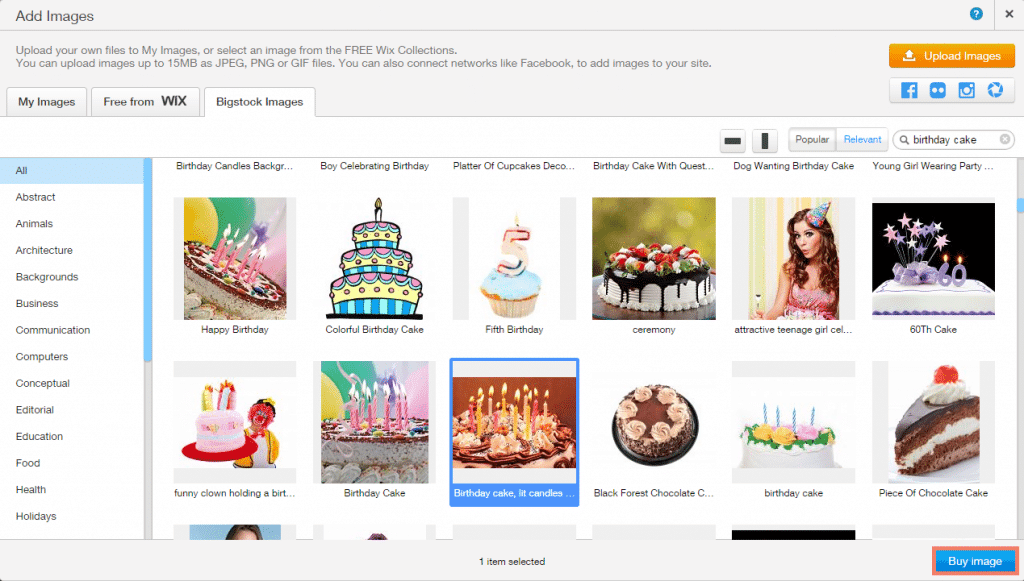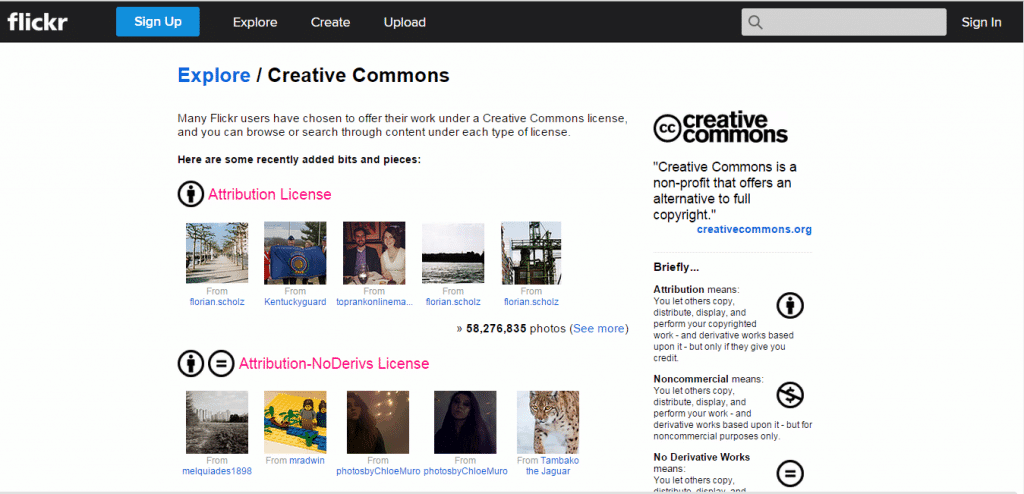iStock to be Absorbed into Getty
iStock has been operating as a separate business unit in the Getty Images family since its acquisition last 2006. All of iStock’s customers and contributors have been tied to a Calgary-based company, iStockphoto LP.
However, over the past few years, Getty has been taking steps to integrate and operate with its other acquisitions as a unified business. Some of the benefits of this move are increased cross-selling to customers, increased cross-placement of content and a more efficient business resulting in an increase investment in customer-facing improvements. And they are now ready to incorporate iStock into the Getty Images to further the progress.
What are some of the changes?
On December 15, 2014, iStock will amend the Artistic Supply Agreement (ASA) to change the Compensation section that will no longer require contributors to request payments. After the new ASA has taken effect on January 15, 2015, account balances of $100 and over will be paid to contributors on a monthly basis.
On January 31, 2015, the contributor agreement will be assigned by iStockphoto LP to Getty Images (US), Inc. All of the revised 2014 ASA terms will remain exactly the same except the agreement will be with Getty Images.
Additionally, as a U.S. company, Getty Images (US), Inc is required to follow Internal Revenue Service regulations, therefore withholding taxes may apply to contributors’ payments beginning in early 2015. To aid with the transition, iStock will have an automated online interview process that will help them determine the appropriate documentation each contributor should provide to Getty Images. Contributors can also complete and submit forms through this online interview process. Links to this process will be available in the Contributor Tools section starting January 22, 2015. 2014 payments will not be affected by this change.
Everyone is also recommended to create an account with either Paypal or Payoneer because Skrill (Moneybookers) will no longer be a payment option once the ability to request payment has been removed.
Wix.com Integration with Bigstock
Wix, a leading cloud-based web development platform, is teaming up with Bigstock, a media marketplace with over 21 million photos, videos, vectors and illustrations, to provide its customers with access to high-quality , licensable images from within their Wix accounts.
In the last two years, Wix’s customers’ use of images has increased by more than 150 percent and Wix recognized that they are becoming more visual and more focused on content, particularly images.
The collaboration with Bigstock will allow Wix’s 56 million users to search for images and edit those images by adding filters without leaving the Wix platform. This partnership also provides Bigstock’s contributors more ways for distribution of their images.
“Our users need affordable, accessible and high-quality images to enrich their websites, and this partnership answers that need,” says Nir Zohar, President and COO of Wix. “The collaboration with Bigstock brings millions of professional grade images right to their fingertips, giving users yet another tool to create an online presence that looks exactly the way they want.”
“Bigstock offers Wix’s customers a simple and intuitive search experience to help create a beautiful, dynamic online presence,” says Michal Krasnodebski, General Manager of Bigstock. “This collaboration expands the global reach of our business. By integrating our API with the Wix platform, we support the simplicity Wix provides its users to manage their web presence from a single, unified location.”
Increase Your Images Accepted at Fotolia
A team of Fotolia moderators process up to 50,000 images per day so they really know what types of images are required. So, here are some tips that can help you improve your upload success rates.
- Keywording is essential for success. Be careful in choosing the keywords you put in your images and as well as their order. It is also important to remember that, keywords are words, not sentences.
- Be sure to clean your sensor and camera lens to get clear shots and not have grey greasy layers on top of your images which will certainly not get accepted.
- Do not overdo post-production. Keep it simple and realistic. Not everyone wants Photoshop perfection.
- Don’t mix keywords in different languages. Be sure the language you selected is always the same as the language you decide for your keywords.
- ‘Situation’ images that depict scenarios in the moment are stealing the spotlight. Isolated images are not so popular anymore.
- Quality over quantity. More images don’t always produce more sales, original, hig-quality images do.
- Fotolia loves real life photos, so get out of the studio and shoot outside. But pay attention to model or property releases.
Need more tips? Visit Fotolia Blog to know more.
Stock Performer Interview with Gerald Staufer
Stock Performer is proud of its collaboration with Westend61 to support them in the analysis and accounting of their sales at multiple stock agencies. One of the things they developed for Westend61 is an image recognition tool which sums up sales of one image at many agencies, a feature that will soon be released to all Stock Performer customers.

According to Staufer, “We founded Westend61 in 2003. We wanted to bring great RF imagery to the market. Believe it or not, 11 years ago it was difficult to convince German professional photographers to contribute to traditional Royalty Free (RF). That’s why we also included Rights Managed (RM) in our initial offering. And ever since we market both models. Our goal is to offer excellent quality. That is why we keep our collection trimmed at only 200,000 assets.”
Westend61 sells stock media directly over their website and they also distribute images to other agencies. They provide images to agencies like Getty, Corbis and 120 more. “Our photographers have the simple advantage that they give us their images and in a short time we market them worldwide to all the leading agencies as well as the leading agencies in many countries.”
When asked about what type of images are successful, he said, “its the same old formula: strong conceptual images.” According to him, lifestyle images are strongest revenue-wise yet also most expensive to produce. Smartphone photography, he said, has also changed our visual habits explaining why filtered images are searched so often today.
According to their microstock sales, most of it still comes from images isolated on white: classic and simple images. “This just confirms the different needs of buyers. Art directors at magazines are different than the people buying for their websites or community websites. Even online magazines have a large need for isolated on white images to include into their many articles.”
Staufer was also asked on his opinion whether some images sell better on one agency than another and how do they choose their photographers. In addition, he talked about their very own mobile stock collection called SMART Collection which is becoming more popular today. Read this article to read more about Stock Performer’s interview with Gerald Staufer.
Fight Over Yahoo’s Use of Flickr Images
Flickr, the Yahoo owned photo sharing site announced last week that it would sell canvas prints of some of the photos uploaded to Creative Commons – a collection of photos and writings that creators have deemed free to use, with various restrictions. This upset the photographers who said they felt Yahoo was making money at the expense of the community on Flickr.
Yahoo plans to sell canvas prints and keep all the profits. But for prints of other photos not on Creative Commons, photographers will get a 51% cut. While some may be upset about this move, not all the photographers contacted by the Wall Street Journal felt wronged. In fact, 8 out of 14 photographers said they were fine with the move.
Bernardo Hernandez, Yahoo's vice president of Flickr, said in an email statement that Flickr allows photographers “an incredible amount of flexibility.” They can indicate their photos are not allowed to be used for commercial purposes. They can also withdraw from the Creative Commons license altogether, he said.








